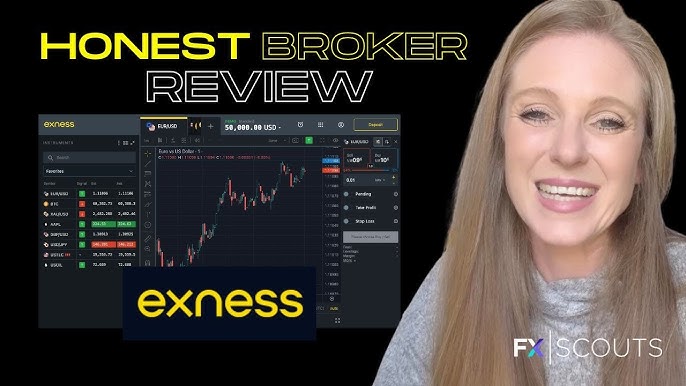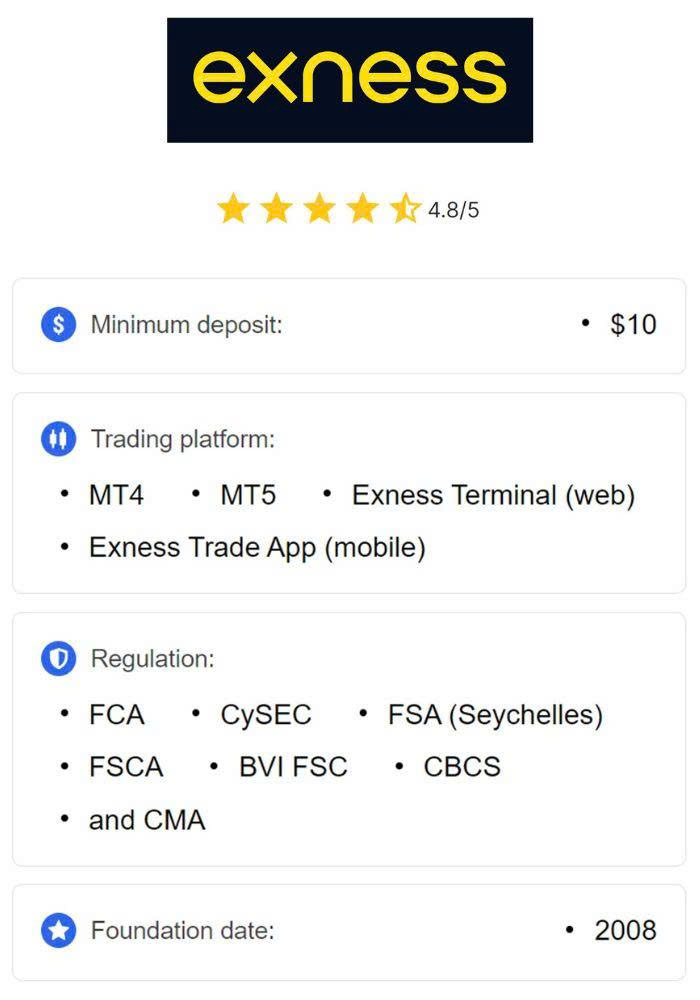
Mastering Your Trades: The Exness Scalping Strategy
In the world of forex trading, strategies are essential for identifying profitable opportunities and optimizing trades. Among various approaches, the Exness Scalping Strategy stands out as a highly popular method. Scalping, in essence, involves making numerous trades within short time frames to capitalize on minor price movements. As a trader, effectively implementing this strategy can yield significant returns if executed properly. For traders seeking resources and information, Exness Scalping Strategy tradingplatform-hk.com offers valuable insights and tools.
Understanding Scalping
Scalping is a trading style that focuses on quick trades to gain small profits repeatedly throughout the day. Scalpers typically hold positions for a very short period, often just a few seconds to a few minutes. The aim is to profit from minor price fluctuations that occur throughout the trading session. Successful scalping requires discipline, quick decision-making skills, and a robust trading strategy to manage risk effectively.
Why Choose the Exness Scalping Strategy?
Exness is a renowned forex broker that provides traders with a supportive environment for scalping. The broker offers tight spreads, fast order execution, and a reliable trading platform that are essential for scalping success. Here are a few reasons why traders opt for the Exness Scalping Strategy:
- Tight Spreads: Scalpers rely on tight spreads to maximize profits on small price movements. Exness provides competitive spreads.
- High Leverage: The ability to leverage funds can amplify profits, making scalp trades more lucrative.
- 24/7 Market Access: Exness allows traders to access the markets at any time, providing flexibility in trading hours.
- Advanced Trading Tools: With various analytical tools and indicators, traders can make informed decisions quickly.
Key Elements of the Exness Scalping Strategy
A successful scalping strategy involves several key components that traders should consider:

1. Timeframes
Scalpers typically operate on lower timeframes such as 1-minute or 5-minute charts. These timeframes provide the necessary detail for spotting quick trading opportunities. It’s crucial to choose a timeframe that aligns with your personal trading style and objectives.
2. Indicators
Utilizing technical indicators can help scalpers identify potential entry and exit points. Common indicators include:
- Moving Averages: Help identify the overall trend and potential reversal points.
- RSI (Relative Strength Index): Useful for detecting overbought or oversold conditions.
- Bollinger Bands: Provide insight into price volatility and potential breakouts or reversals.
3. Risk Management
Managing risk is paramount in scalping. Traders should set strict stop-loss orders to minimize potential losses. Additionally, using a risk-reward ratio of at least 1:2 can help ensure that profits outweigh losses over time.

4. Market Conditions
Scalping is most effective during high volatility periods, such as during major economic news releases or during overlapping trading sessions. Understanding market conditions can help traders make more informed decisions about when to enter and exit trades.
Implementing the Exness Scalping Strategy
To successfully implement the Exness Scalping Strategy, follow these steps:
- Choose Your Currency Pair: Select a currency pair that has high liquidity and low spreads. Major pairs like EUR/USD or GBP/USD are popular choices for scalpers.
- Select the Appropriate Timeframe: Open a 1-minute or 5-minute chart for your chosen currency pair.
- Apply Technical Indicators: Add your preferred indicators to the chart for analysis. This may include moving averages, RSI, and Bollinger Bands.
- Analyze Market Conditions: Keep an eye on the economic calendar to identify high-impact news releases.
- Enter a Trade: Based on your analysis, enter a trade when your indicators signal a potential opportunity.
- Set Stop-Loss and Take-Profit Levels: Always use stop-loss orders to manage risk, and set take-profit levels to secure gains.
- Monitor Your Trades: Stay alert while your trades are active and be ready to exit if market conditions change.
Common Mistakes to Avoid
Even with a solid strategy, traders may still fall into common traps. Here are a few mistakes to avoid when implementing the Exness Scalping Strategy:
- Overtrading: Scalp traders may be tempted to enter too many trades, which can lead to diminishing returns.
- Ignoring Risk Management: Skipping stop-loss orders can result in significant losses.
- Chasing Losses: Emotional trading often leads to poor decision-making. Stick to your strategy.
Conclusion
The Exness Scalping Strategy presents an exciting and potentially profitable avenue for traders looking to capitalize on short-term price movements. By understanding the intricacies of scalping, implementing effective risk management, and utilizing the right tools, traders can enhance their chances of success. Remember, practice makes perfect, so consider demo trading before diving into the live market. With diligence, discipline, and a well-crafted strategy, any trader can fine-tune their approach and potentially reap the rewards of scalping in the forex market.
